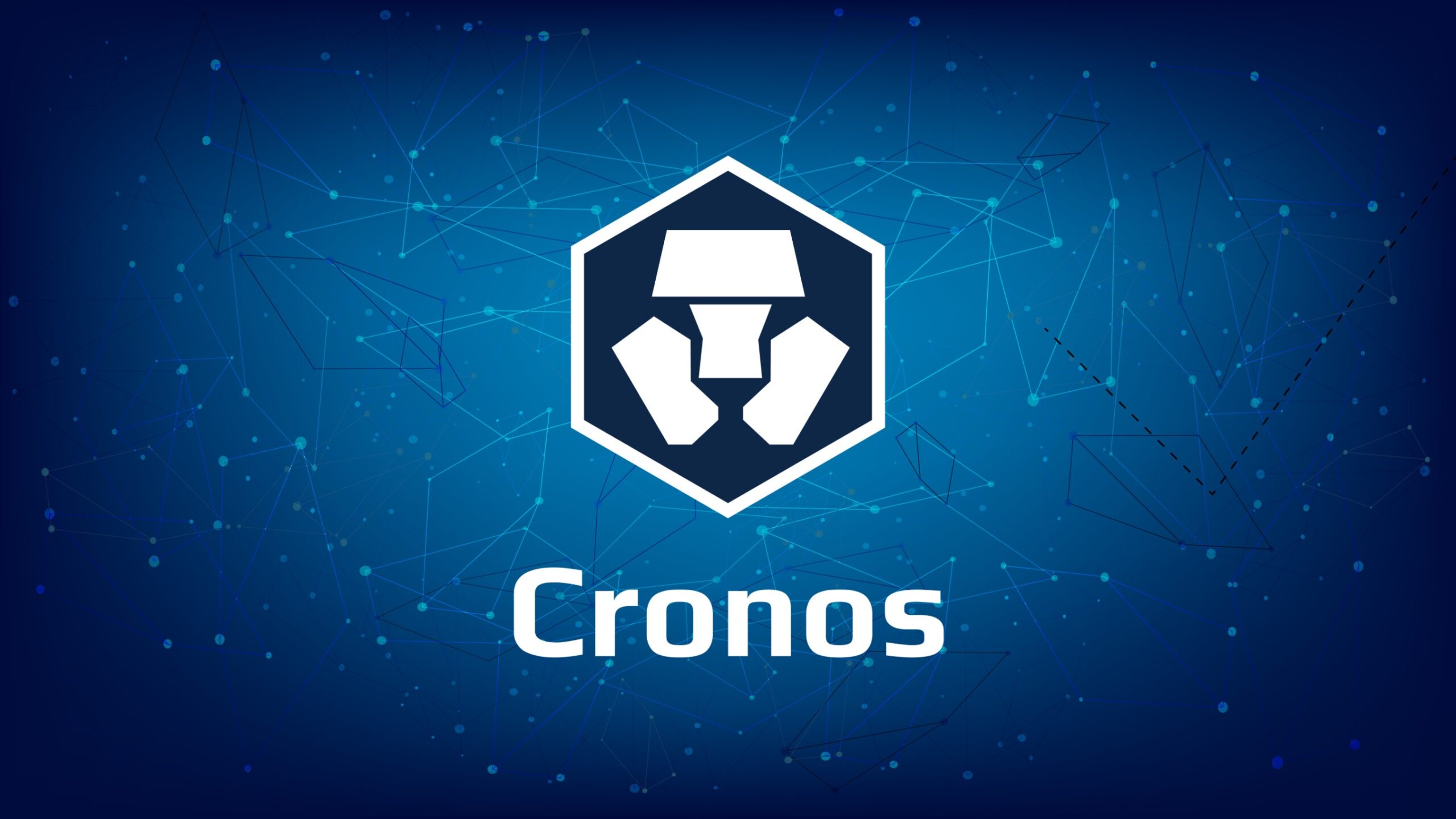The Evolution of Customer Experience: Today’s Data-Driven Real-Time Discipline

The evolution of customer experience (CX) was expected. Throughout modern history, organizations have faced internal and external challenges that have changed how they interact with customers and how customers view their organizations.
Advances in technology allow customers to order almost any product and receive it within a week. Software solutions provide immediate and frequent access with a seamless experience.
Business leaders in virtually every industry view a good customer experience strategy as a key differentiator. Already declining brand loyalty has been further weakened by the pandemic. For example, McKinsey reported that 50% of consumers would switch brands if their preferred brand was unavailable due to shortages.
Customer requirements have changed. Maintaining high customer retention rates is difficult. Delivering a positive customer experience is a greater challenge and critical requirement for businesses today. To achieve this, more organizations must prioritize customer centricity.
How we arrived at this CX environment
early days of retail
Before mass media, it was harder to know what products were available other than what your local store offered. Before globalization, it was more difficult to purchase products from far away places. Many customers were limited to products and services available nearby. And if there was a problem with a product that could be fixed, I would visit the local repair shop. They probably had strong ties to local merchants and trusted their opinions about what products to buy. Unless that product is manufactured and sold locally, you are much less likely to have a meaningful relationship with the manufacturer of the product.
As a result, brand loyalty is stronger and customer preferences change less frequently. However, today’s customers are spoiled for choice and many external circumstances can make them less loyal. Maintaining customer satisfaction and increasing customer loyalty is more difficult.
The emergence of the Internet and e-commerce
It is no exaggeration to say that the Internet has changed everything about business. Consumers can learn about new products and services without leaving home or turning on the TV. They could start shopping online and purchase products directly without leaving their homes. For product manufacturers, this is probably the biggest leap forward in customer experience. Previously, direct customers were mostly retailers or resellers who sold products to end users in stores.
Being able to sell directly to customers meant that many of these companies had a direct relationship with end users for the first time. They can have a more direct impact on customer loyalty beyond the quality and price of the solution. They were more directly responsible for delivering memorable experiences and providing customer support. And thanks to online metrics, concrete customer feedback, and data analytics, these retailers know more about their customers than ever before.
More and more organizations have expanded the capabilities they offer. Look at Amazon, which started with books and has moved into just about everything. Boots, a long-standing UK pharmacy, had to upgrade its entire infrastructure and tools as website visitors increased from 7,000 to 19,000 per minute during the pandemic. Boots turned to IBM to provide a solution that could easily handle more than 27,000 visitors during peak hours.
Customer Journey Mapping
Customer journeys are more complex. Today, customers can be influenced by one channel (e.g. outdoor) and make a purchase through another channel (e.g. mobile app). This omnichannel revolution means organizations need to monitor multiple customer touchpoints and better understand which mediums deliver more customer interactions. This means that organizations will need to invest more resources into improving SEO, mobile apps, and social media presence. They need to determine where they should spend their advertising dollars to reach the most compelling prospects and create an organic inbound engine to capture them.
consumer advocacy
The rise of social media platforms, chat rooms, and bulletin boards has allowed consumers to make their voices heard. They have become more willing to express their concerns and frustrations with brands, creating a scenario where these organizations must monitor conversations and segment responses based on consumers’ concerns and influences. In some ways, this has provided valuable insights to the organization through real-time market research and customer feedback loops. But it also raises the bar on what organizations must do to meet customer expectations. This has expanded the responsibilities of your contact centre, social media or PR team in real time.
Division
The rise of cookies, digital media, and third-party tracking has brought about personalization and segmentation. This allowed the organization to send personalized messages to individual customers. Organizations are now trying to improve the user experience of their websites by organizing information according to individual consumer preferences. Social ads can target specific users based on demographics. And you can segment your target customers based on their purchasing power. According to a recent IBM Institute for Business Value survey, 57% of respondents said meeting customer demand for more personalized experiences was the top reason for adopting AI.
Next-generation technology-driven CX
We are entering a new era of customer experience through digital innovation. Emerging technologies such as artificial intelligence (AI) and machine learning (ML) will drive automation and further enhance CX suites. Chatbots that use generative AI and natural language processing will encourage more customers to use self-service tools for the simplest issues. This frees up human customer service reps to focus on the biggest problem: creating happier, more loyal customers.
AI will power predictive analytics that can help organizations better understand when a customer may have an issue or when it is the right time to contact them. Organizations that can create compelling customer experiences can use virtual reality (VR) and augmented reality (AR) to showcase a copy of their services to potential customers.
Customer experience will continue to evolve
The future of customer experience is bright. Providing a positive customer experience can be a competitive advantage. IBM has been able to help companies apply trustworthy AI in this space for over a decade. Generative AI has the added potential to significantly transform customer and field service through its ability to understand complex questions and generate more human-like conversational responses.
IBM helps you put your customer experience strategy at the center of your business and turn it into a competitive advantage. With deep expertise in customer journey mapping and design, platform implementation, and data and AI consulting, IBM helps you leverage best-in-class technologies to drive innovation across the customer lifecycle.
Explore customer experience consulting services
Was this article helpful?
yesno



